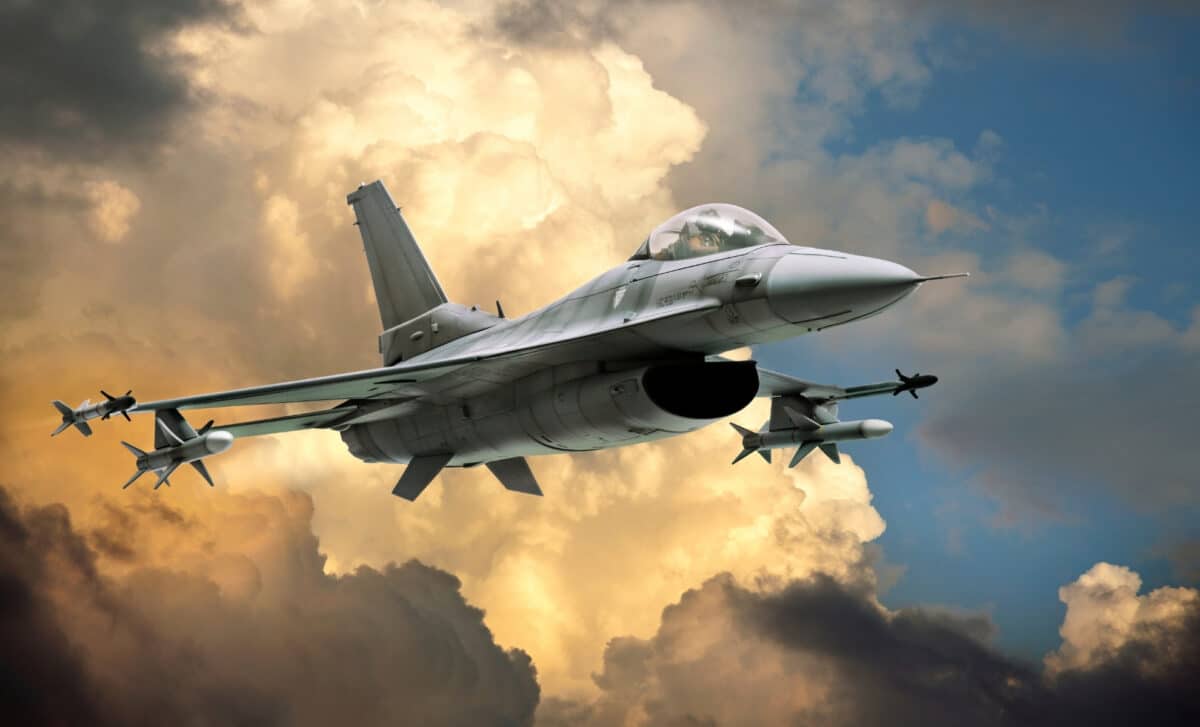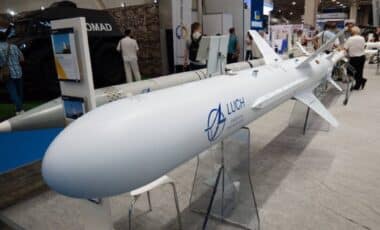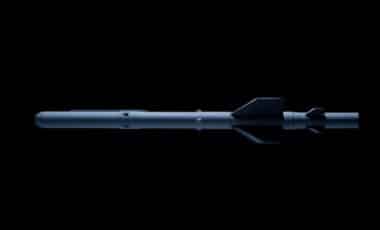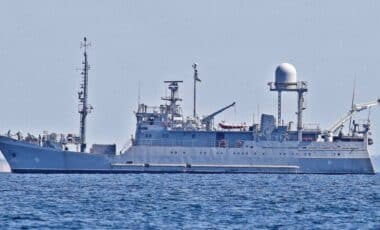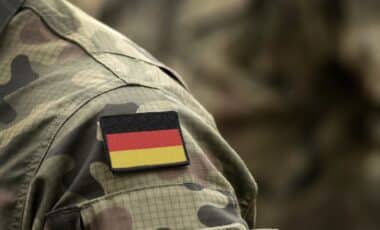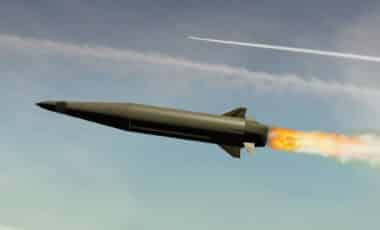In 2025, the global ranking of the largest air forces reveals the growing importance of air power in modern defense strategies. The United States continues to dominate, with a fleet of over 14,000 aircraft, far outpacing other nations. Data compiled by the World Population Review offers a snapshot of the countries with the most substantial air capabilities, underscoring the significance of control over the skies in today’s military landscape, reports Aviation A2Z.
In a time of increasing global security challenges, air forces are becoming central to a nation’s defense posture. The air force’s ability to provide rapid response, power projection, and advanced technological warfare makes it indispensable for maintaining strategic dominance. The following article delves into the countries that possess the largest air forces in 2025, exploring the key players and their growing military capabilities.
Where to Seek Refuge If World War III Breaks Out Tomorrow?
United States: The Clear Leader
The United States retains the top spot with a fleet of 14,486 aircraft, a lead that is unmatched by any other nation. The U.S. Air Force’s fleet includes an impressive array of advanced aircraft, such as the F-35 Lightning II and the F-22 Raptor, alongside strategic bombers like the B-2 Spirit and B-52 Stratofortress.
As reported by the World Population Review, the American air force is not only vast in size but also technologically superior, encompassing a comprehensive defense network through its Air Force, Navy, Marines, and Army. The United States’ ability to project power globally is enhanced by its numerous strategic military bases positioned around the world, enabling rapid deployment and operational flexibility.
Russia: A Robust Military Presence
Russia ranks second with a fleet of 4,292 aircraft. The Russian Air Force continues to maintain a robust presence in global military operations, supported by advanced bombers like the Tu-160 “White Swan” and the Su-35 and Su-57 fighter jets.
According to the World Population Review, Russia’s aerospace industry remains a significant player globally, with many countries still utilizing Russian-made aircraft. Russia’s air force is integral to the nation’s defense strategy, both for operations within its borders and to support its military endeavors abroad. The Russian air force remains one of the most powerful in the world, continuing to evolve through modern upgrades and technological advancements.
China: Expanding Power in the Skies
With a fleet of 3,304 aircraft, China occupies the third position in global air power rankings. The People’s Liberation Army Air Force (PLAAF) has undergone significant modernization, featuring cutting-edge fighter jets such as the domestically developed J-20 stealth fighter and the J-16 multirole aircraft.
The World Population Review notes that China’s expansion of its air force is part of a broader effort to modernize its military and assert regional influence. The country has focused heavily on developing its indigenous manufacturing capabilities, reducing reliance on foreign technology, and enhancing its defense strength. This modernization is integral to China’s military strategy as it seeks to increase its power in the Asia-Pacific region and beyond.
India: A Rising Air Power
India ranks fourth globally with 2,296 aircraft, a position that highlights its significant growth as a military power in recent years. The Indian Air Force is steadily upgrading its fleet, including a mix of Russian-origin Su-30MKI fighters, French Rafale jets, and domestically produced Tejas aircraft.
India’s growing air power is a reflection of its commitment to regional security, particularly given its strategic location and diverse defense needs. The World Population Review reveals that India has been actively pursuing indigenous defense manufacturing through initiatives like “Make in India,” aiming to reduce dependency on foreign suppliers while bolstering its aerospace sector. This expansion of India’s air force is crucial for securing its extensive borders and fulfilling its regional defense responsibilities.
Japan: Modern Air Force with Regional Influence
Japan holds the fifth spot with a fleet of 1,459 aircraft. The Japan Air Self-Defence Force operates advanced fighter jets like the F-35 Lightning II and the F-15J, alongside sophisticated surveillance and reconnaissance aircraft. Japan’s air force plays a vital role in maintaining national security and regional stability, particularly in the context of ongoing tensions in the Asia-Pacific region.
As noted by the World Population Review, Japan’s investment in next-generation aircraft and missile defense systems highlights its focus on modernizing its air power. Additionally, Japan’s strategic partnerships, especially with the United States, enhance its operational capabilities through joint training exercises and technology-sharing programs.
Pakistan: Maintaining Regional Power
With 1,434 aircraft, Pakistan ranks sixth globally in air power. The Pakistan Air Force operates a mixed fleet of American F-16s, Chinese JF-17 Thunder aircraft, and French Mirage fighters. This diverse fleet allows Pakistan to maintain a robust defense and deterrence posture in the South Asian region.
The World Population Review points out that Pakistan continues to focus on modernizing its air capabilities, particularly through partnerships with China for aircraft development and procurement. The country’s air force remains a critical component of its military strength and is essential for maintaining national security amidst regional challenges.
South Korea: Advanced Air Force for Regional Security
South Korea’s air force, with a fleet of 1,171 aircraft, plays a crucial role in addressing regional security challenges. The Republic of Korea Air Force maintains a high level of operational readiness, with modern fighter jets like the F-35A Lightning II and KF-16 fighters.
The World Population Review notes that South Korea has also invested in the development of indigenous fighter aircraft, such as the KF-21 Boramae, as part of its commitment to technological independence. The country’s air power is particularly significant in the context of ongoing tensions with North Korea, and its advanced air force capabilities are vital for maintaining regional stability and security.
Egypt: Strategic Air Power in the Middle East
Egypt ranks eighth with a fleet of 1,093 aircraft. The Egyptian Air Force operates a diverse mix of American F-16s, French Rafale fighters, and Russian aircraft, reflecting its strategic location at the crossroads of Africa, Asia, and the Middle East.
The World Population Review highlights that Egypt’s air force plays a critical role in national defense as well as peacekeeping operations in the region. The country’s air power is essential for maintaining stability and responding to regional security challenges. Egypt continues to invest in its military capabilities, ensuring its air force remains a key asset in both national and regional defense strategies.
Turkey: Modernizing and Expanding
Turkey’s air force ranks ninth with 1,069 aircraft, showcasing a modern and versatile fleet. The Turkish Air Force operates a combination of piloted aircraft and increasingly sophisticated drones. The World Population Review explains that Turkey has made significant advancements in unmanned aerial systems, with its Bayraktar drones gaining international recognition.
Turkey’s growing aerospace industry focuses on meeting both domestic needs and export opportunities while maintaining interoperability with NATO standards. The country’s air force plays a crucial role in supporting national defense and NATO operations, reflecting its evolving military capabilities and strategic importance in the region.
France: A European Power in the Skies
France completes the top 10 with a fleet of 972 aircraft. The French Air and Space Force operates advanced multirole fighters such as the Rafale, along with transport and reconnaissance aircraft designed for rapid deployment.
As stated by the World Population Review, France’s air power is integral to both national defense and NATO operations. The country’s air force is involved in missions across Europe, Africa, and the Middle East, supporting French security interests and contributing to European defense initiatives. France’s ongoing investment in its air force ensures it remains a key player in global military operations.

